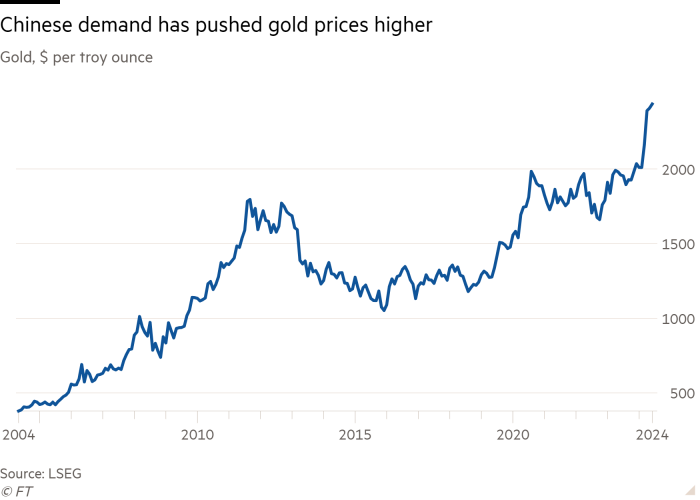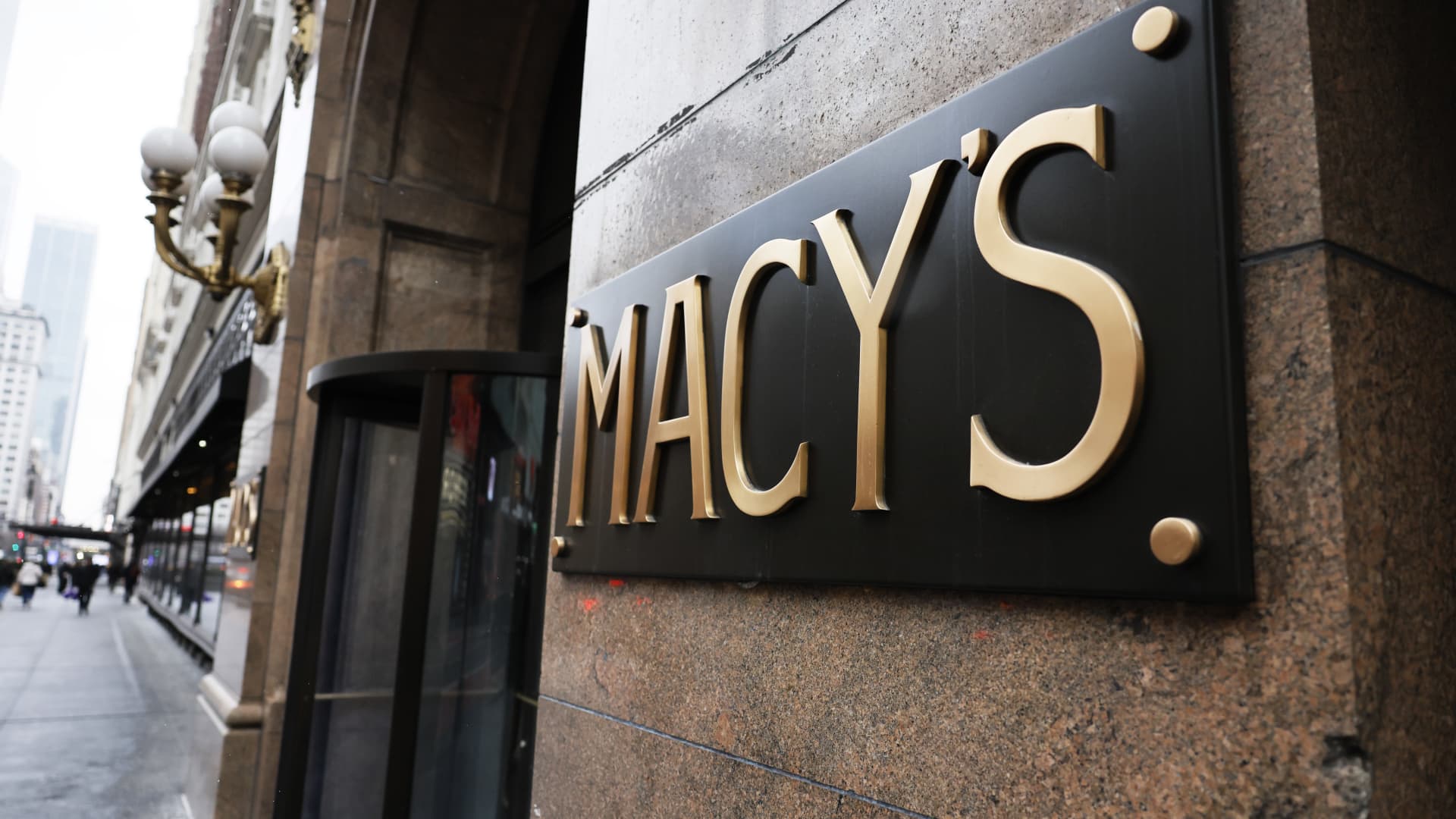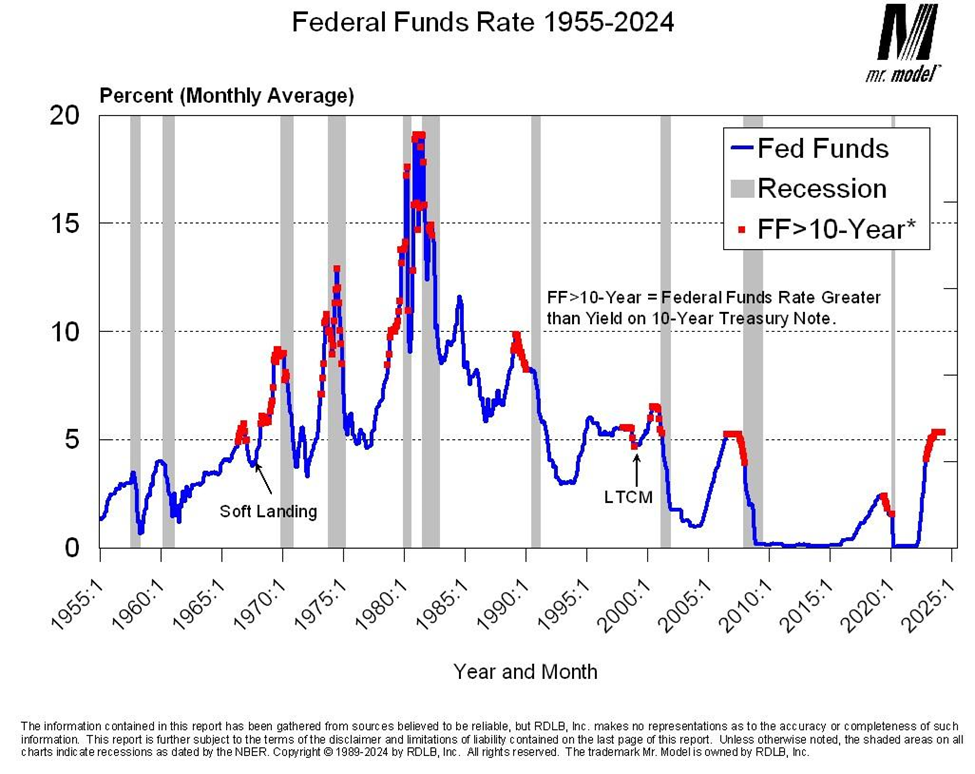Published
43 seconds ago
on
May 21, 2024 Graphics/Design:
See this visualization first on the Voronoi app.
The Top Startup Cities Around the World
This was originally posted on our Voronoi app. Download the app for free on iOS or Android and discover incredible data-driven charts from a variety of trusted sources.
A richly connected network of founders, venture capital firms, and tech talent are some of the key ingredients driving a startup ecosystem.
As engines of growth, these tech clusters are evolving on a global scale. While the world’s leading startup cities are concentrated in America, several ecosystems, such as Beijing and Seoul, are growing in prominence as countries focus on technological advancement to spur innovation.
This graphic shows the best startup cities worldwide, based on data from Pitchbook.
The Global Startup Ecosystem Rankings
To determine the rankings, each city was analyzed based on the scale and maturity of their startup ecosystem over a six-year period ending in the second quarter of 2023.
Among the inputs analyzed and used to calculate the overall development score were fundraising activity, venture capital deals, and exit value:
RankCityDevelopment ScoreCapital RaisedDeal CountExit Value 1🇺🇸 San Francisco90$427.6B19,898$766.3B 2🇺🇸 New York76$179.9B13,594$171.7B 3🇨🇳 Beijing76$161.2B8,835$279.2B 4🇨🇳 Shanghai73$130.3B7,422$186.8B 5🇺🇸 Los Angeles71$144.6B9,781$181.4B 6🇺🇸 Boston70$117.0B6,044$172.8B 7🇬🇧 London64$99.0B11,533$71.9B 8🇨🇳 Shenzhen63$46.4B5,020$66.3B 9🇰🇷 Seoul61$31.1B6,196$71.0B 10🇯🇵 Tokyo60$26.2B5,590$28.0B 11🇨🇳 Hangzhou59$50.7B3,361$88.7B 12🇺🇸 Washington D.C.55$43.7B2,706$28.2B 13🇺🇸 Seattle54$31.7B2,693$35.6B 14🇸🇬 Singapore52$45.7B4,507$38.0B 15🇺🇸 San Diego52$33.5B2,023$44.7B 16🇺🇸 Austin52$26.4B2,636$22.9B 17🇨🇳 Guangzhou52$24.7B1,700$24.0B 18🇮🇱 Tel Aviv51$21.0B1,936$32.2B 19🇺🇸 Denver51$26.8B2,489$29.9B 20🇩🇪 Berlin50$31.2B2,469$15.9B
San Francisco dominates the pack, with $427.6 billion in capital raised over the six-year period.
Despite a challenging funding environment, nearly 20,000 deals closed, highlighting its outsized role in launching tech startups. Both OpenAI and rival Anthropic are headquartered in the city, thanks to its broad pool of tech talent and venture capital firms. Overall, 11,812 startups were based in the San Francisco Bay Area in 2023, equal to about 20% of startups in America.
Falling next in line is New York City, which raised $179.9 billion over the same time period. Crypto firm Gemini and machine learning company, Hugging




